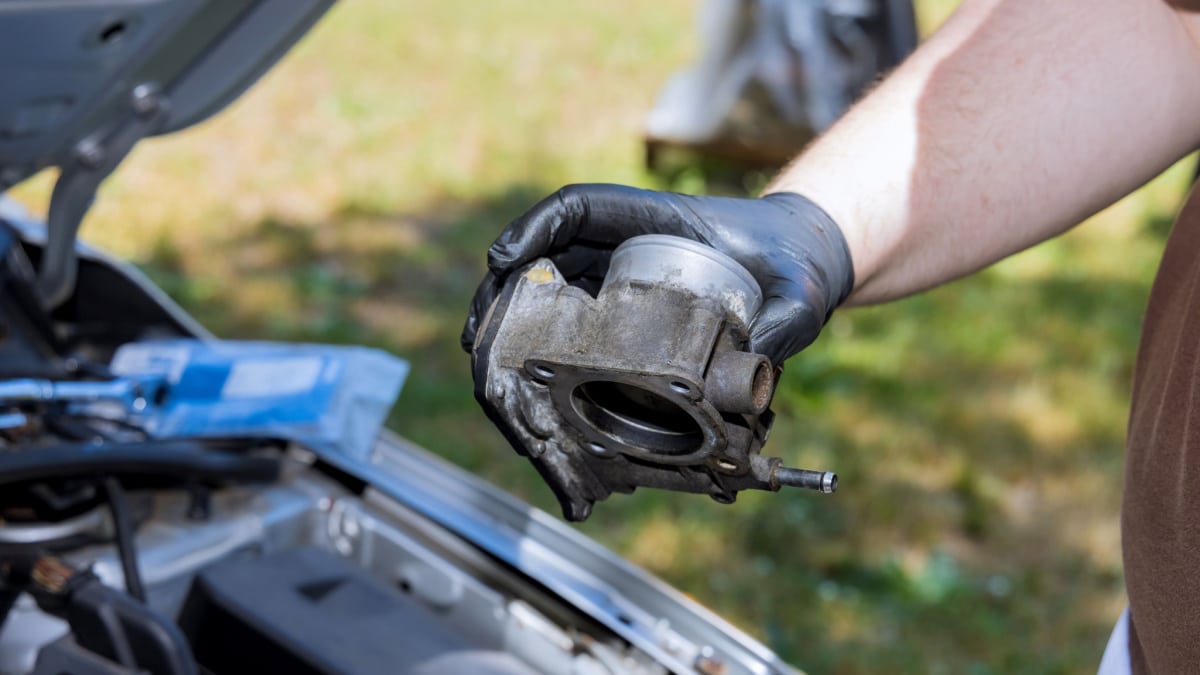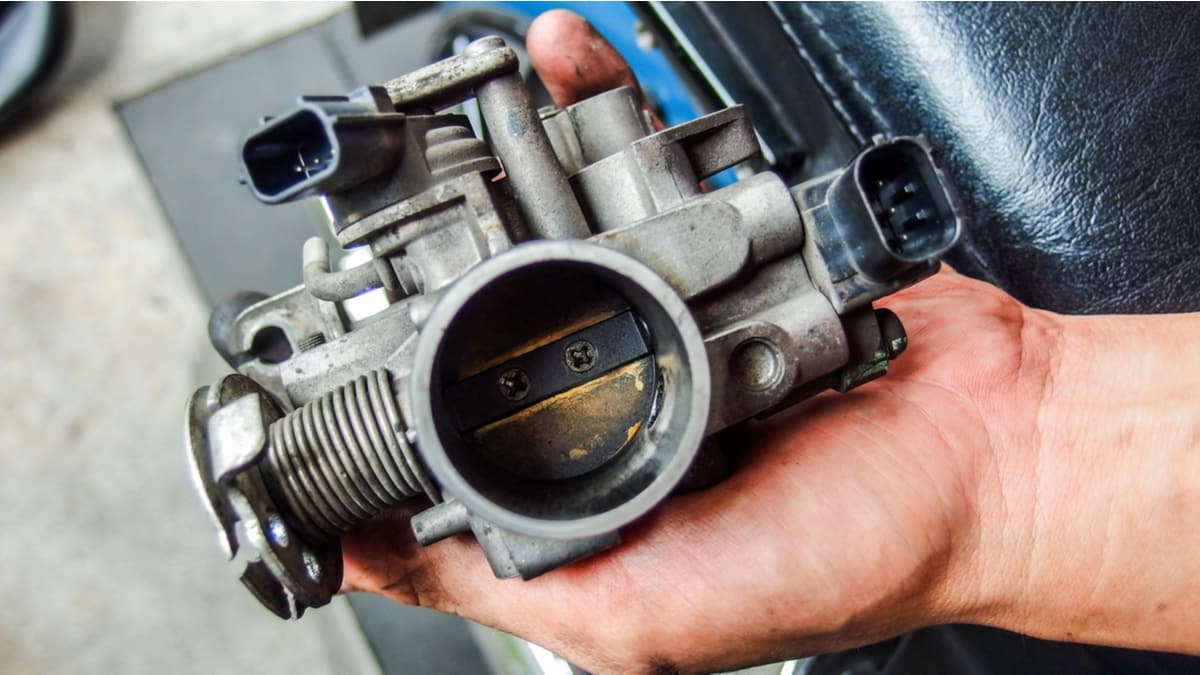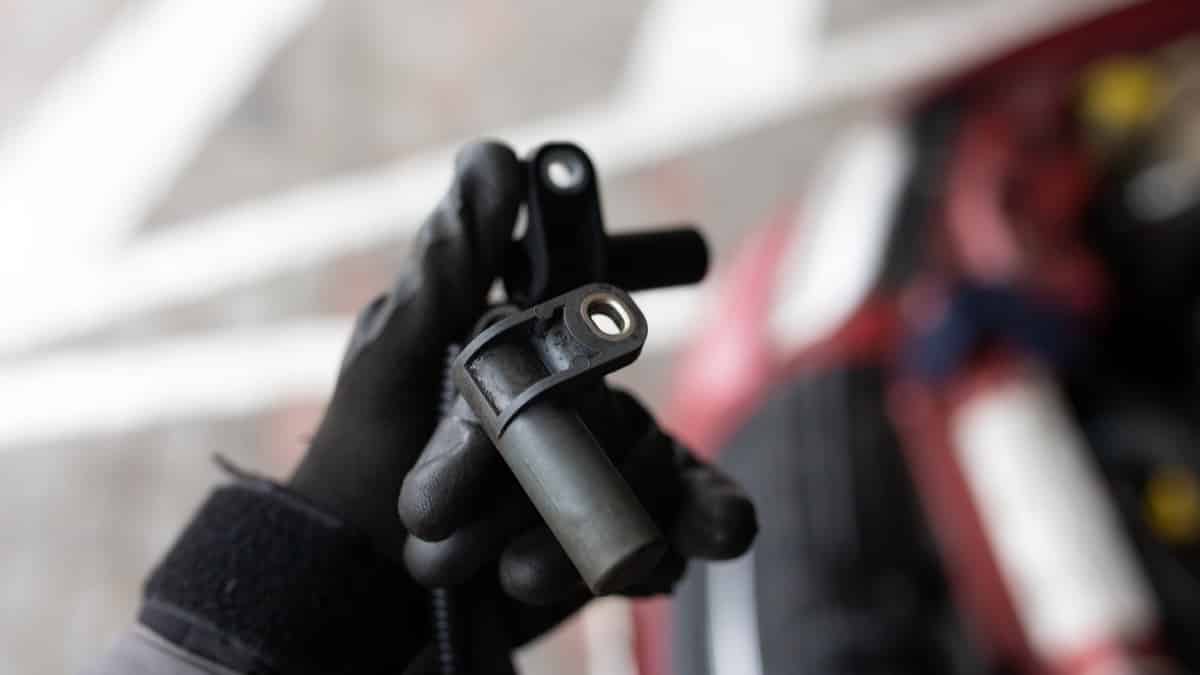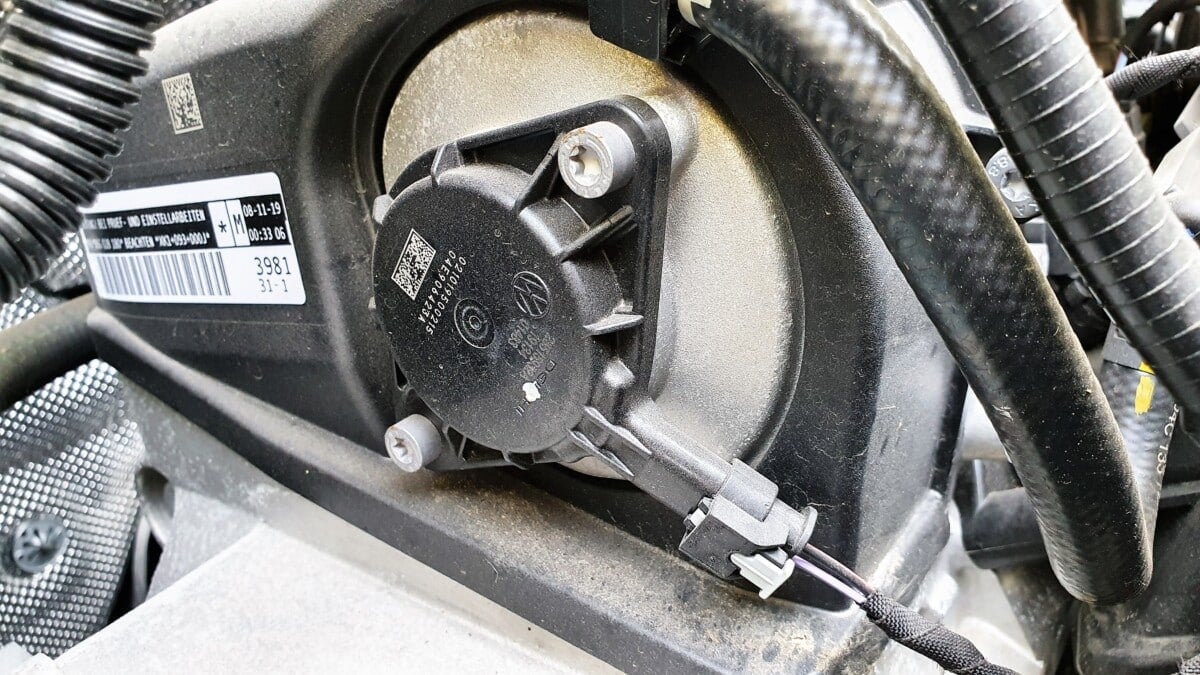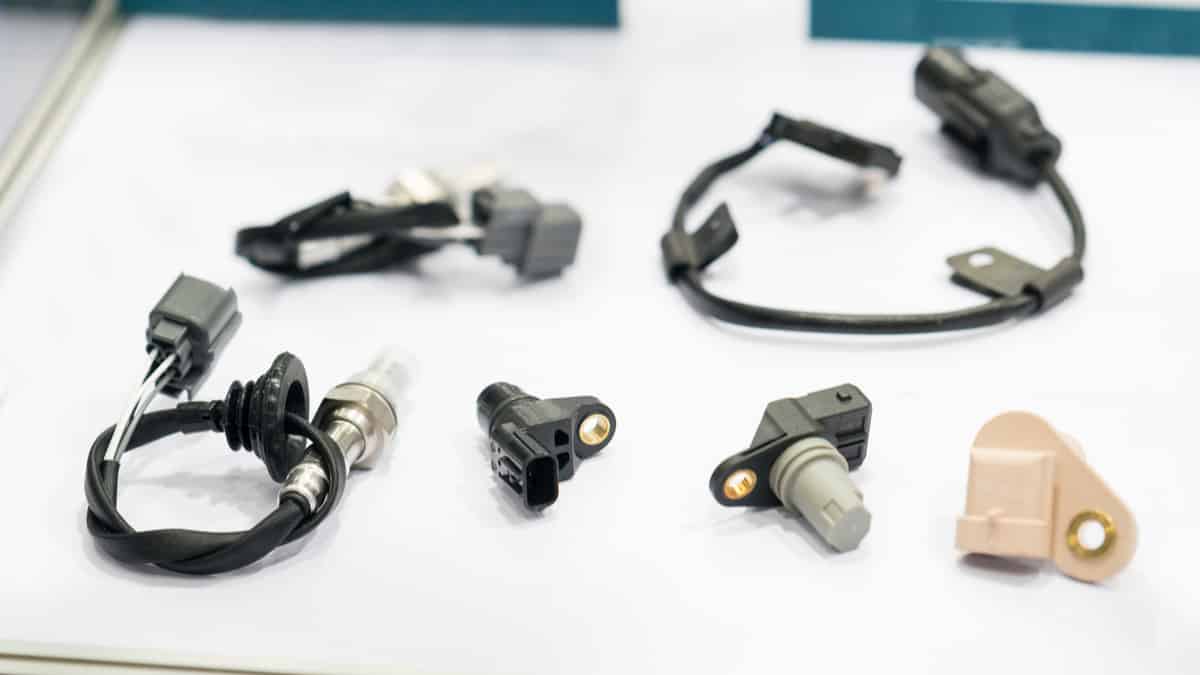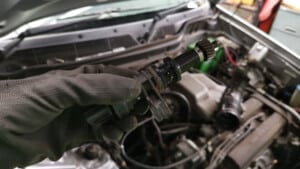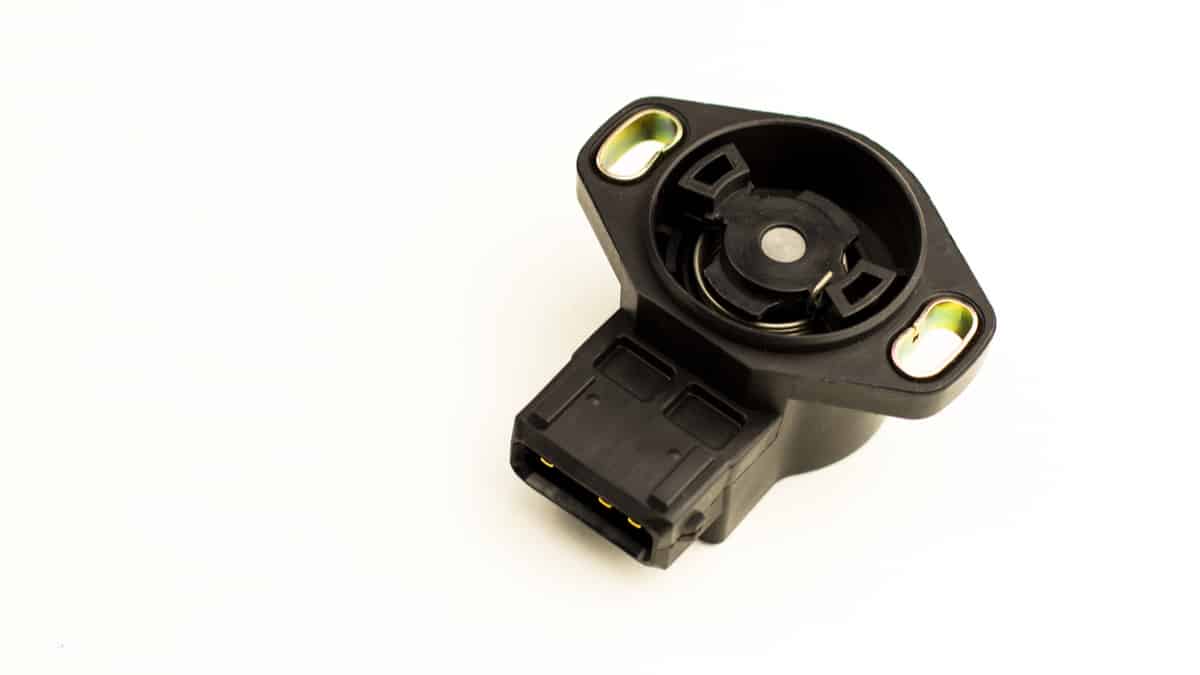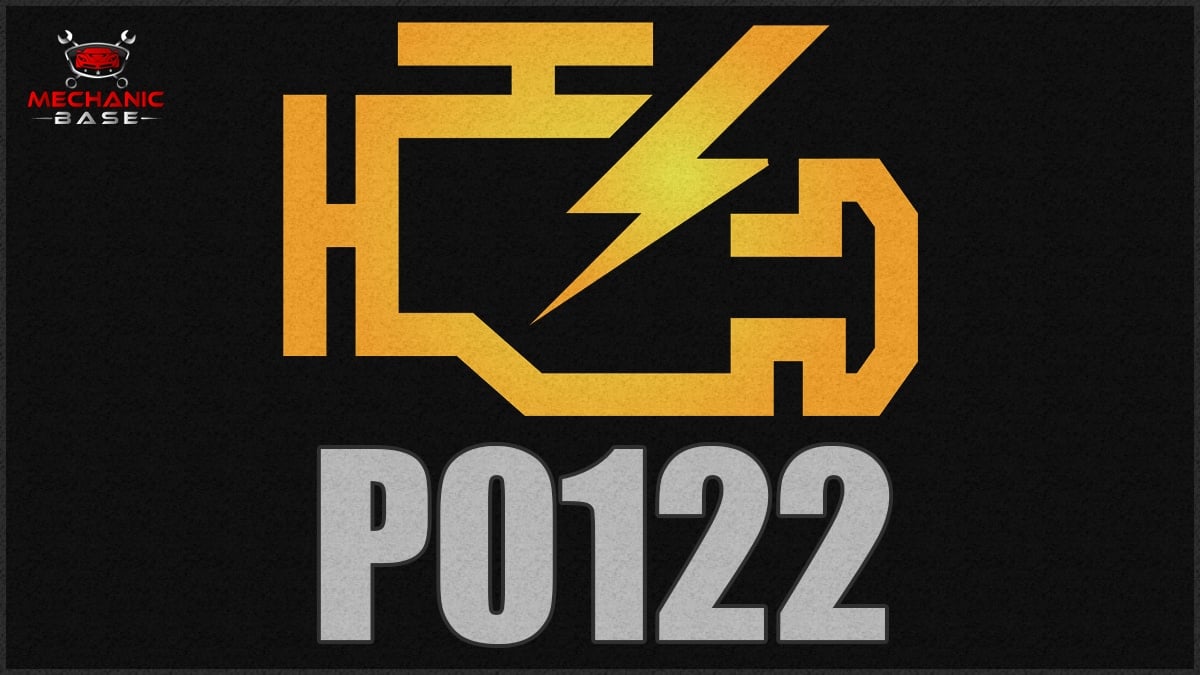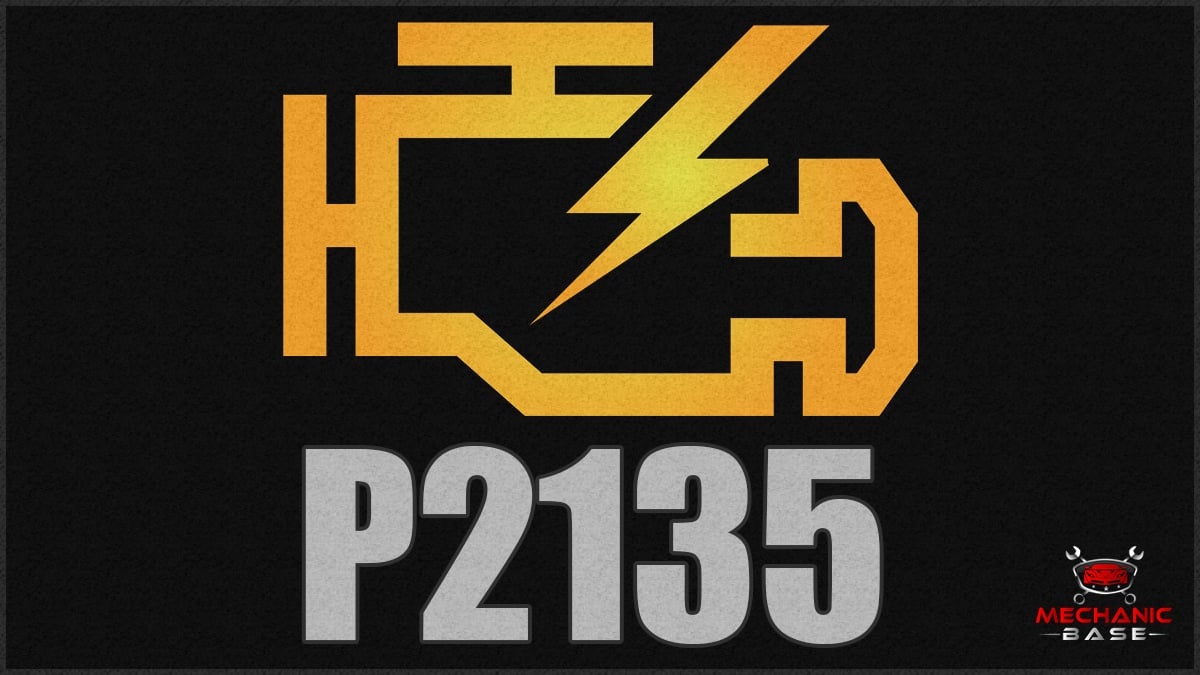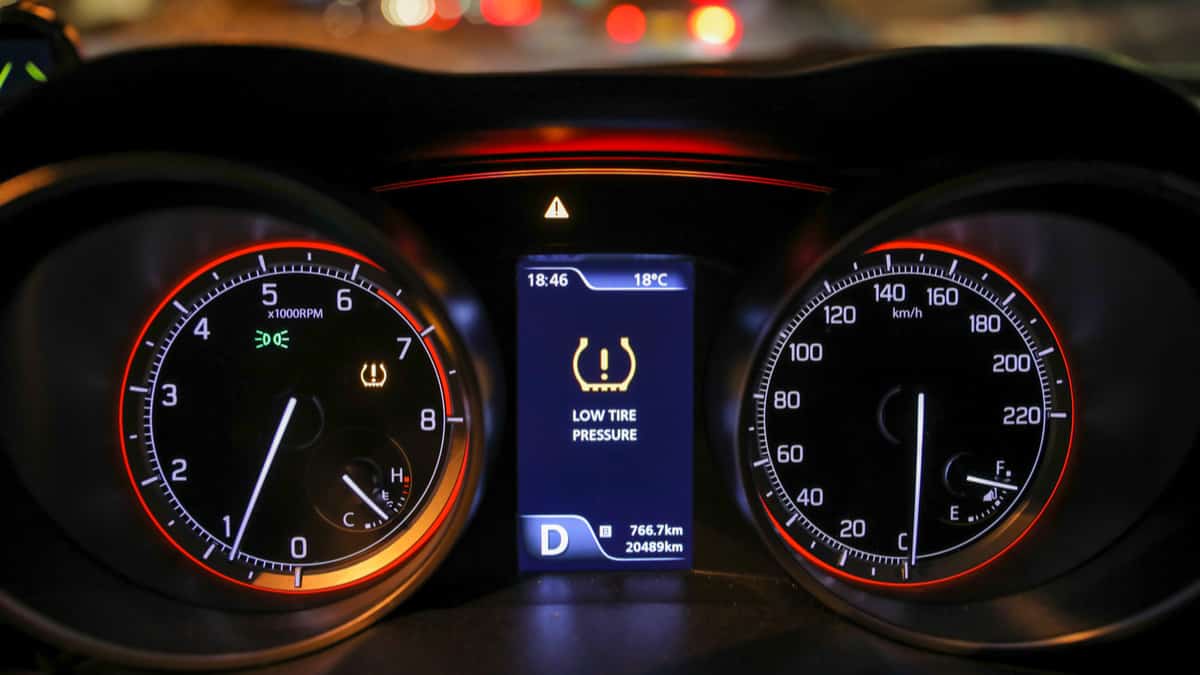Today’s cars are equipped with advanced sensors for just about every system. While these sensors provide optimal operation, they can also fail and cause trouble. If you need to deal with the throttle body sensor, it’s important that you can reset it.
In this guide, I discuss what the throttle position sensor is and show you how you can reset it. I also show you signs that something is wrong with the throttle body sensor and give you a few tips for cleaning the throttle body.
How to Reset a Throttle Position Sensor
The methods you use to reset the throttle position sensor on your car depend entirely on the car model you drive. On some car models, you can reset the throttle body sensor by disconnecting the battery, while on others you need to use a diagnostic tool to reset and calibrate it.
Before you reset the throttle body sensor, you may want to ensure that it’s mechanically calibrated if that is possible on your car model. Here are some of the common methods for resetting a throttle position sensor:
1. Use an OBD2 scanner
The easiest way to reset a throttle sensor and calibrate it on most modern car models is to use an OBD2 scanner. However, to do this, you need to make sure that the diagnostic scanner you buy is compatible with your car engine and has a throttle sensor reset feature for your car model.
You can find many OBD2 scanners for cheap, but it won’t help if it’s not compatible with your car, so you should do a lot of research before you decide to buy one. Additionally, for some car models, it is only possible to reset the throttle sensor manually.
2. Push Accelerator
You might be able to reset the sensor without much effort. Turn on the vehicle without starting the engine and leave the key in the ON position. If you have a keyless start, just push the button one time, not enough to crank the engine over.
Hold down the accelerator pedal for twenty seconds. You want it to go as close to the floor as possible. Release it slowly and turn the car off. Now, start the engine normally and go for a drive to see if the situation has improved.
3. Remove Fuse
The sensor is an electronic aspect of the vehicle. It is run through a fuse. By pulling out the fuse, you cause a manual reset of the sensor.
Find the fuse box and the appropriate fuse. This information can be found in the owner’s manual. Pull out the fuse and leave it out for ten minutes. After you replace it, the throttle body sensor should have reset. However, so will anything else that’s also run by that fuse.
RELATED: 8 Symptoms of a Bad Throttle Body (& Replacement Cost)
4. Drive the Vehicle
In some cases, it takes driving the vehicle to reset the sensor. Start the engine and drive down the highway at maximum speeds. You want to be consistently over 40 mph.
Once you get the car up to highway speeds, you should slowly accelerate and decelerate slightly. Give a few minutes in between each session. The sensor may reset, providing better responsiveness.
5. Disconnect Battery
Whenever you want to reset something electronic, disconnecting the battery can help. Take off the negative cable from the battery.
Allow the battery to remain disconnected for five minutes before reconnecting it. When you do this, everything electronic in the car will reset, including the clock and stereo preset. For this reason alone, most people prefer starting with one of the other methods first.
6. Drain Car Power
Even when you remove the battery connection, many aspects of the car can retain power. If nothing else is working, you want to drain the power from every aspect of the car in hopes of resetting the sensor.
Start by disconnecting the battery, both the positive and negative cables. Jump into the car and turn on the ignition and press the brake pedal.
You may want to wait 10 to 30 minutes for this procedure. During this time, any power will drain from the vehicle. Reconnect the battery cables and start the engine. The sensor should be reset.
7. Idle Engine
Crank the engine over and allow the car to idle for three minutes. Once the time is up, turn the car off.
Go ahead and repeat these steps again. In a few models, you can turn the key ON without starting the engine with the same results. Reference the service manual to see what’s appropriate for your car.
What is the Throttle Position Sensor (TPS)?
The throttle position sensor (TPS) can be found alongside the throttle body. It’s a sensor that includes a magnetic disk to send electronic pulses to the engine control module (ECM). This sensor alerts the computer about the position of the throttle, whether it is open or closed.
When the car needs more speed, the throttle must open up. On the other side, the throttle must close when the car is slowing down. Additionally, during idling, the throttle must be mostly closed, still allowing gas to flow through to the engine.
The computer utilizes the information received by the TPS to idle the idle speed. When you let off the accelerator pedal, the car needs to continue pumping gas so it doesn’t stall. The computer will also look at the cylinders to determine if they are receiving enough fuel to continue combustion.
RELATED: 5 Signs of a Bad Throttle Position Sensor (Replacement Cost)
Signs of Defective Throttle Body Sensor
1. Check Engine Light
When any sensor fails or isn’t optimized, the Check Engine Light can come on the dashboard. Because the engine control module is monitoring the throttle body sensor, you can expect this light to come on when there’s a problem.
An error code will be stored in the computer that can be read with your OBDII scanner. In most cases, you might see Code P2119, which stands for “Throttle Actuator Control Throttle Body Range/Perfomance.” This is the code that occurs when the throttle sensor is out of range.
2. Rough Idle
When the throttle body sensor isn’t working properly, the idle could be off. RPMs could drop or be higher than normal because of the defects.
Not only can this cause the engine to stall, but your car could also go through more fuel than it should. With the air-fuel ratio imbalance, you want to have the problem resolved right away.
3. Trouble Accelerating
There could be a lack of power when the sensor fails. Without the right amount of power, acceleration can be troublesome. Not only will there be some hesitation, but the car can also jerk.
There’s also the chance that your car can accelerate on your own. If the butterfly valve opens on its own when it should be closed, the car can propel forward. On the other hand, the most probable symptom is that you will have trouble getting the car to go faster, even when you push down the gas pedal.
4. Limp Mode
If the situation is dire, the car can go into limp mode. This default setting occurs whenever something is happening that has the potential to harm the engine. Power is cut off to certain car functions to ensure better protection.
However, it’s hard to drive the vehicle in limp mode. You can put the four-way lights on to alert others to the trouble. If you only have to drive a short distance, you might be able to make it. Otherwise, you might consider having the vehicle towed for your protection.
Steps to Clean the Throttle Body
If there’s a problem with the throttle body itself, you might be able to clean it versus replacing it. Here are some general steps you could follow.
- Locate the throttle body. It is usually between the air filter and intake manifold. Normally, you can clean the throttle body without removing it.
- With a carburetor or brake cleaner and a microfiber cloth, carefully get rid of any carbon buildup or dirt.
- Test drive the car.
You can gain more guidance by following the directions found in your car’s service manual. Otherwise, you need to visit a professional for more help.
RELATED: How to Clean a Throttle Body (10 Steps DIY)
Do you have to reset the computer after replacing the throttle position sensor?
Most car models will reset and calibrate the throttle position sensor by itself after you replace the sensor and turn on the ignition. However, on some car models you may need to calibrate it manually or reset it by disconnecting the battery or using an OBD2 scanner.
Does a throttle position sensor need to be calibrated?
If your car has a throttle cable, you often must manually calibrate the throttle sensor according to a repair manual for your car model. If your car uses an electronic throttle, the car can calibrate the sensor automatically when you turn on the ignition.
Is there a fuse for the throttle position sensor?
There is no fuse for only the throttle position sensor in most car models. However, there should be a fuse for the engine control module that sends the power to the throttle position sensor. Check your owner’s manual for the fuse location.
Does the throttle position sensor affect idle?
Yes. A bad throttle sensor can affect the idle and result in a rough or unstable idle. If you suspect that the throttle position sensor is bad, you need to scan the trouble code memory with a code scanner.
